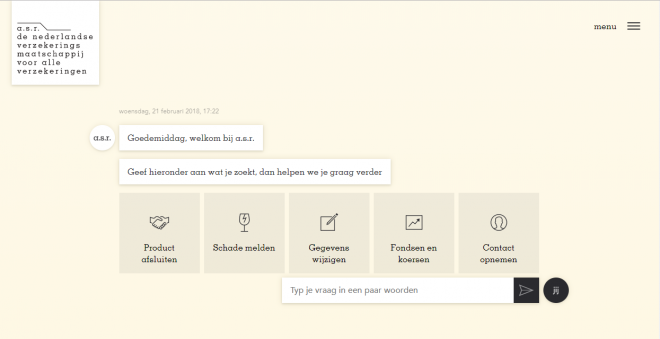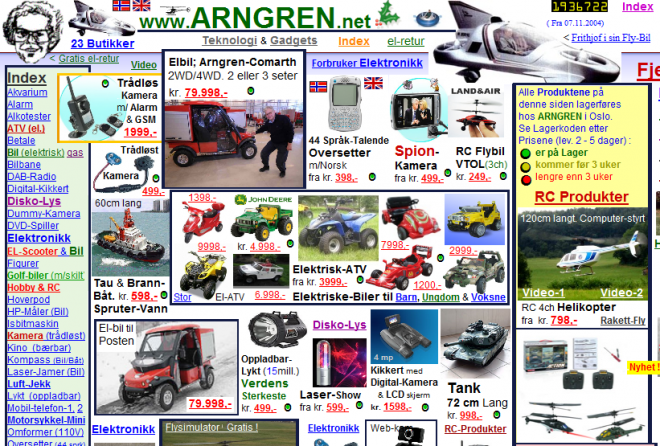We regularly call SEO Effect users to hear what they like, what needs improvement and what they expect from the tool. Recently I heard a web builder in such a conversation tell that his customers are not interested in SEO …
Except that that hurt – “ouch!” – those customers are behaving quite stupidly. Or rather, that web builder does for not explaining the importance to his customers.
I put the receiver down and only then did all the counter arguments come. That felt really stupid.
In this article I will tell you what I then thought about SEO and building sites, why it is a good match. And actually a necessity to come to a good site. I hope that the web builder will read this and finds the reasons why his clients need to use SEO.
SEO impact before you start building a site.
With keyword research you do very cheap market research for your target group. You can answer questions like:
- Which brands do Google users search for the most?
- How much do they search for your brand and how much for the competitor?
- What problems are they trying to solve?
- What solutions are they looking for?
- Do they know the solution you offer or not at all?
- Are search terms limited to consumers or are they also used B2B?
- Can the latter, on the basis of the search term typed in, be distinguished or not?
In addition, this keyword research also provides insight into the online landscape in your niche:
- Which competitors are active and already score good rankings on those words?
- Which competitors do not yet score but are on the rise?
- Why do their rankings rise?
And gives insight into keyword competition:
- Are there many search terms used for this subject or just a few?
- Is there a strong competition for these keywords or not?
- Are there words that are easy to score on or not?
From the answers to these questions, you can distil your choices on how to organise the content of your site:
- Do you have to explain a lot about your solution to the problem of the customer, or does it already understand this?
- Should the site offer many types of entrances because people can come to your solution from a very broad perspective or your niche is very small and specific?
- Will the site run automatically or do you really have to do a lot to get organic traffic? Or will you mainly depend on paid campaigns in the first year?
SEO impact during the construction of the site
You now know the target audience better through your SEO research and can make decisions about the ‘how’ of the site.
How is the site layout created and therefore the URL structure? Again, the keyword research comes in handy.
Do you work from problem to solution to product? Or do you work from a question to answer such as ASR.nl does?
Do people search for a category (headphones), more specifically product groups (headsets) product names (Plantronics headset) or even a specific product (Plantronics Voyager Legend). Or are they, in addition to “purchase intent” keywords, also very busy looking for information?
Here you can distill a site structure for example for purchase intent keywords
- headphones /
- headphones / headsets /
- headphones / headsets / wireless /
- headphones / headsets / wired /
- headphones / headsets / wireless / plantronics / voyager-legend /
- headphones / headsets / wired / plantronics / SupraPlus
- etc.
and for information keywords:
- working from home /
- conference calls /
- skype solutions /
- skype solutions / sound /
- skype solutions / image /
- skype solutions / speech /
- skype solutions / 3-in-1 /
You get the idea.
Too often we are brought in as SEO experts when the whole website is already finished. It is clear that choices outline above, have quite a lot of impact on the whole structure and must therefore be made in advance.
SEO impact when the site is ready
Usability and SEO go together well. Google increasingly ‘behaves’ like a normal persona. However, do not build a site separately for Google, but take it seriously as a target group.
Issues that influence your rankings and CTR include
- Site speed
- Bounce rate and dwell time
- Work in all browsers and devices
- Google news and AMP
- Google rich snippets
- Indexation
- Internal links
- Dead pages
- Social integration
These are all things that you may have taken into account when building the site, but with which problems only come to light when testing.
For example, the site speed depends on server setup, caching, image optimization, CDN and other CMS settings. Site speed and more precise Time to first byte is also officially a ranking factor.
But also for the visitor the site speed experience is a very important factor that determines satisfaction and conversion!
If you are going to do online PR and a web editor looks at your site on Windows 10 mobile on his old Nokia, does the site work well? The market share is small, but the impact of this influencer is great!
Or imagine that the influencer will see the site below. Maybe it is retro-funky again but it is not very professional.
Can your CMS easily create the correct xml sitemaps and feed them to the Google bots? And dito for a news site on Google news? (with only the news articles of the last 48 hours in it)?
High ranking are one thing but a high CTR from those rankings is really important. Have you figured out how to get those yellow stars for reviews in Google? Technically it can be done, but how are you going to collect reviews from people who do not have time or who have no interest in giving them? If your page is more noticeable in Google because of those yellow stars, recipe cards or events, your CTR will increase enormously.
And if you are happy with your site and you change the URL of a product group or a blog post, does the CMS have a good redirect tool that automatically gives a 301 redirect – telling Google pages have moved – with that change? And this in such a fashion that there will be no crawl errors with ditto rank decline.
Conclusion
Web builders who say that their customers do not care about SEO have something to explain. Especially to those customers. My advice: convince them of the usefulness of search engine marketing before, during and after the construction of the site. I hope that I have made up for being dumbstruck during the telephone conversation.
PS: About the number ’21’ in the title: an article title is clicked more often if the title:
- contains a number,
- that number is odd.
Honestly, I did not count them but I think there are more 😉






